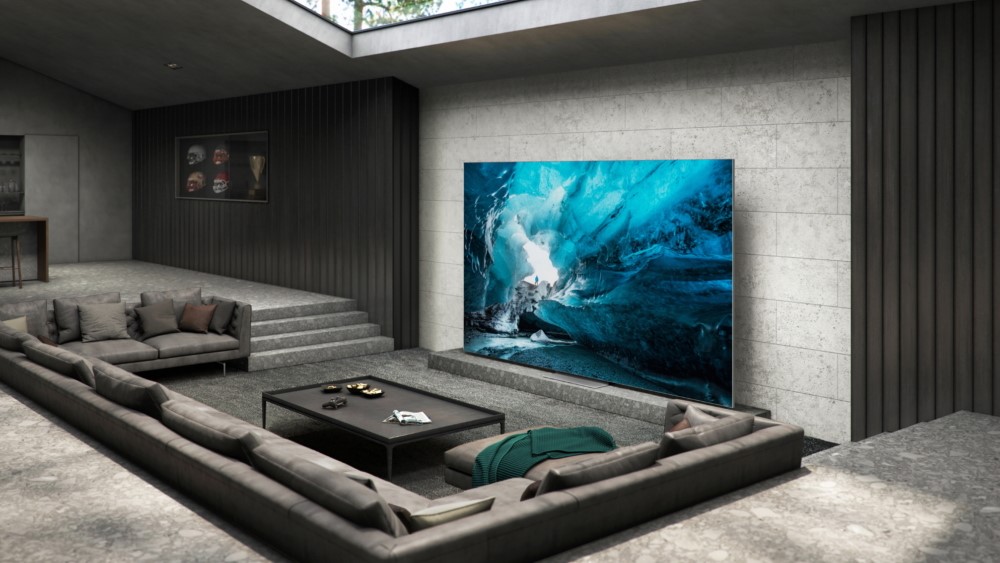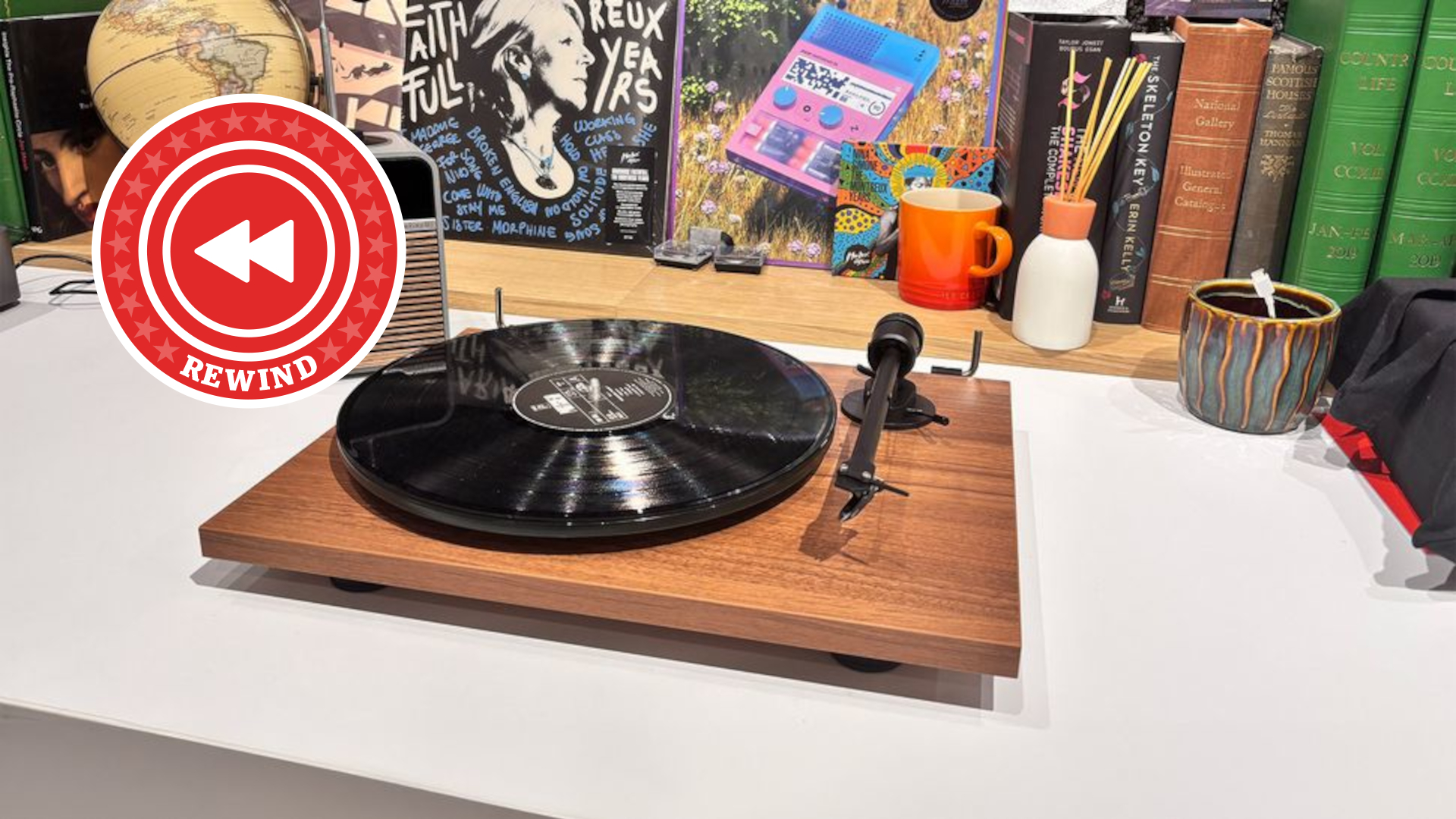Has Samsung finally begun production of its 89-inch MicroLED TV?
101-inch and 114-inch models are still MIA

After delays said to be caused by technical issues, Samsung has at last begun production of its 89-inch MicroLED TV, according to a report in TheElec.
Samsung was originally on track to begin manufacturing its new smaller MicroLED 4K screens in May for release later this year. The plan was then put on hold in the spring, however, with rumours suggesting that the production timeline for the 89-inch model would be pushed back to the third quarter of this year and possibly even later into 2024.
It now appears, though, that we won't have to wait much longer to see the next-gen TV, as manufacturing has apparently begun. However, there is as yet no indication from Samsung when it will start work on its previously announced 101-inch and 114-inch models.
The precise reason for the delay has not been confirmed, but it has been widely speculated to be due to technical and supply chain issues.
Until now, Samsung has used printed-circuit-board technology in its MicroLED TVs; but to improve pixel density for 4K resolution in smaller screen sizes, the company has developed a new technique using low-temperature polycrystalline silicon (LTPS) thin-film transistor glass substrate panels instead.
According to previous reports from insiders, the 89-inch panel has proved particularly challenging to produce, as its LED chips measure 34μm by 85μm, far smaller than those used in larger existing models, which are 75μm by 125μm.
Manufacturing these tiny LED chips and attaching the 11.3 million necessary for the 89-inch model just 0.44mm apart is said to have been a complex process with a low yield rate, as many become defective during the transfer process when they are fixed to the LTPS backplane.
Get the What Hi-Fi? Newsletter
The latest hi-fi, home cinema and tech news, reviews, buying advice and deals, direct to your inbox.
While not cheap by anyone's standards, Samsung's new MicroLEDs are expected to be some of the most affordable models available. The price of the 89-inch version has yet to be officially revealed, though it was reported in January that it would be around $80,000 (around £71,428/ AU$124,571). Whether that will still be the case remains unclear.
The company first unveiled its MicroLED technology with a 146-inch display called The Wall, first demonstrated at CES 2018 and costing an estimated $100,000 (around £87,918/ AU$154,616). But while the technology has been available for professional use, domestic models are less common.
MicroLED is a next-gen TV technology that attempts to harness the best qualities of OLED with self-emissive pixels, so one can be utterly black while those next to it can be bright white or a vibrant colour, producing high levels of contrast.
However, MicroLEDs take things further; unlike OLED TVs, which use organic materials, they are inorganic, so they don't degrade or suffer from image retention and can go much brighter than OLEDs, theoretically resulting in even more spectacular contrast. Samsung has previously said that its forthcoming MicroLEDs will support 20-bit greyscale depth, yielding more than 1 million brightness and colour level increments.
While the technology is still in its infancy, many predict that MicroLED will supersede OLED and LCD TV technology in the future.
Earlier this week, Samsung's rival manufacturer LG unveiled a mammoth 136-inch 4K MicroLED TV at this year's CEDIA Expo, with a reported cost of $300,000 (around £262,906/AU$462,658).
MORE
Samsung 2022 TV line-up: everything you need to know
QD-OLED TV: the game-changing new TV tech used by Samsung and Sony
Our pick of the best OLED TVs: budget to premium
Mary is a staff writer at What Hi-Fi? and has over a decade of experience working as a sound engineer mixing live events, music and theatre. Her mixing credits include productions at The National Theatre and in the West End, as well as original musicals composed by Mark Knopfler, Tori Amos, Guy Chambers, Howard Goodall and Dan Gillespie Sells.
